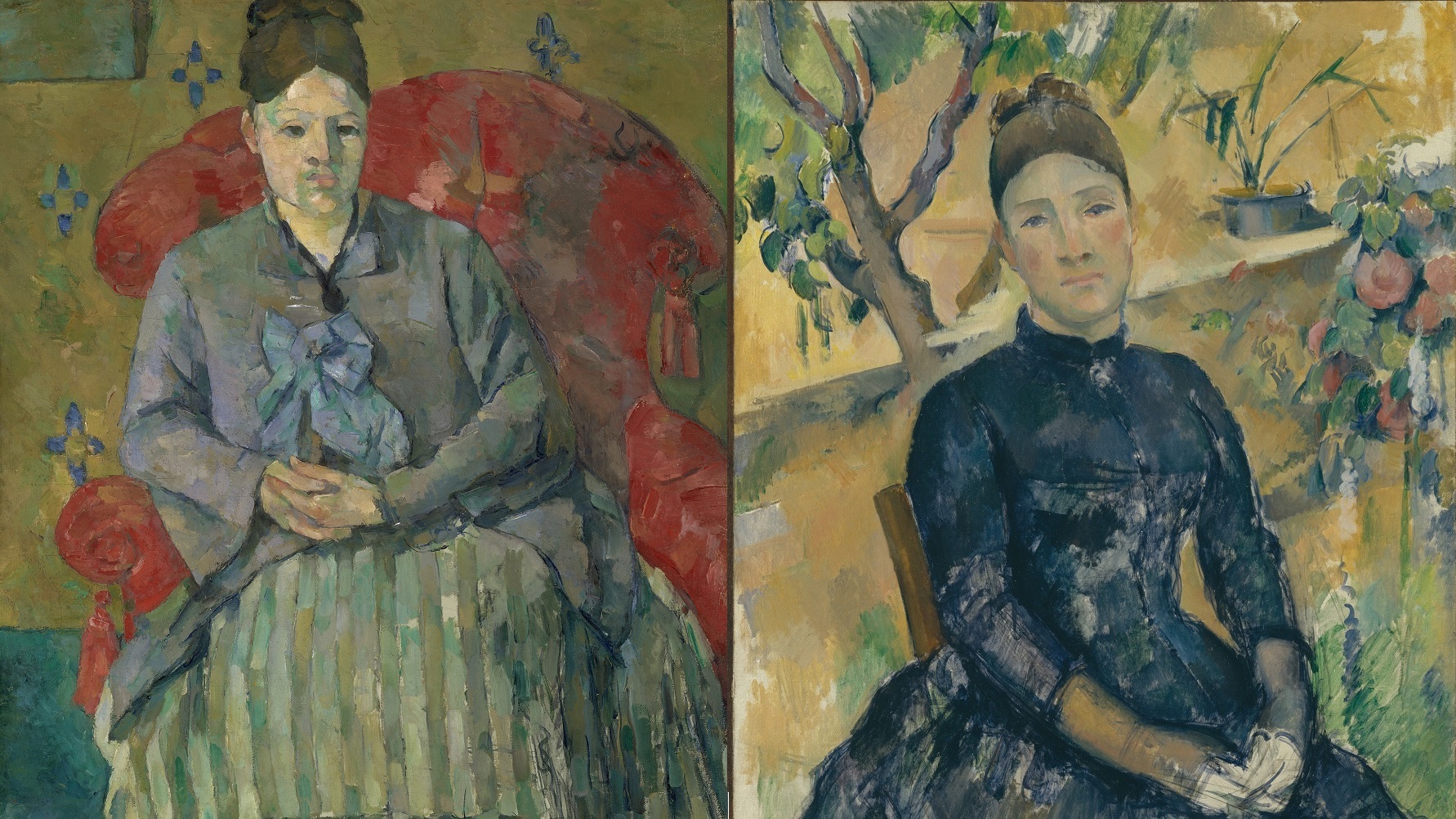Jeremy England explains how simple physical laws make complex life more likely than not. In other words, it would be more surprising to find no life in the universe than a place like Earth.
Search Results
You searched for: x x
Is everything astonishingly simple, though? Or is this a grandiose claim that falls flat when confronted with the evidence? “My main interest is the problem of the singularity. If we […]
A day after forecasters unanimously predicted a snowstorm of epic proportions for New York City, and the mayor ordered eight million people to stay off the roads, the predictions failed to materialize. The city received inches of snow rather than the feet predicted. A good thing, to be sure, but how did such dire predictions miss the mark?
Govert Schilling’s new book deserves a place in everyone’s life. “Imagination will often carry us to worlds that never were. But without it we go nowhere.” –Carl Sagan Imagine the […]
Concerned that extreme advances in artificial intelligence could endanger humanity, Elon Musk has donated ten million dollars this week to safeguard humans from an “intelligence explosion.”
While many people believe sugar makes kids hyperactive, this theory has long been debunked by research. However researchers are only just beginning to understand the complex relationship between glucose and learning.
Recent reports about radiation from the Fukushima nuclear disaster in ocean water off Canada reported the risk responsibly. At low doses, the risk is infinitesimal. More news coverage of radiation needs to say so.
The Universe contains black holes billions of times as massive as our Sun. “It is by going down into the abyss that we recover the treasures of life. Where you […]
If you took all the energy out of something, you’d reach absolute zero, the coldest temperature of all. But is there a highest temperature? “Nothing is lost… Everything is transformed.” […]
A recent study found that supplementing x-rays, MRI, and ultrasounds with a 3D-printed model of a patient’s heart helped surgeons perform delicate procedures to repair severe abnormalities.
Mama, Don’t Let Your Babies Grow Up To Deny Evolution If adults want to deny evolution, sure. That’s fine. Whatever. But those adults better not make their kids follow in […]
Would there be only blackness past the event horizon? Or something more? They say ‘A flat ocean is an ocean of trouble. And an ocean of waves… can also be […]
When conducting a pragmatic assessment of the economic value of ideas, The Innovator’s Hypothesis author Michael Schrage was shocked to find that “good ideas” don’t make much money.
What would happen if you dove into a hole straight through the Earth? “Where you used to be, there is a hole in the world, which I find myself constantly […]
If Mona Lisa is the smile, Madame Cézanne is the scowl. Hortense Fiquet, Paul Cézanne’s model turned mistress turned mother of his child turned metaphorical millstone around his neck, endures as a standard art history punch line—the muse whose misery won immortality through the many masterpiece portraits done of her. Or at least that’s how the joke usually goes. The Metropolitan Museum of Art’s current exhibition Madame Cézanne, which gathers together 24 of the 29 known portraits Cézanne painted of Hortense over a period of more than 20 years, tries to rewrite that joke as it hopes to solve the riddle of Madame Cézanne, aka, The Case of the Miserable Muse.
Not a chance. What we’ve found may be a mystery, but it’s definitely not our Universe’s missing mass. “Time takes it all whether you want it to or not, time […]
“You don’t spend twenty years of your life in the service and not have a warm, nostalgic feeling left in you … It’s a small service, and there’s a lot of esprit de corps.”
How one of the first tests of special relativity might lead to the greatest particle accelerator of all-time. “One feels that the past stays the way you left it, whereas […]
Elon Musk, purveyor of electric cars and rocket ships, is a much more wary of artificial intelligence. “With artificial intelligence we are summoning the demon,” said the SpaceX CEO this week.
Global Population Boom: Are People the Problem, the Solution, or Both? Professor Joel Cohen first asks and answers the question, “How did humans grow from small populations on the African […]
Barbara Corcoran: Build a Powerful Brand Barbara Corcoran learned early the value of building a powerful brand. In this lesson she teaches you shortcuts for standing out amidst the noise […]
The NBA gathers massive amounts of gameplay information through special cameras installed in its 29 arenas. Over the past several years, teams have learned to glean insight from the data and apply it to on-the-court strategy.
American Impressionism’s often been seen as a pale copy of the French Impressionism that flowered in the late 19th century. Although American Impressionists early on copied their French counterparts (and even made pilgrimages to Monet’s Giverny garden and home), the exhibition The Artist’s Garden: American Impressionism and the Garden Movement, 1887–1920, at the Pennsylvania Academy of the Fine Arts through May 24, 2015, proves that American Impressionism quickly blossomed into something distinct—and distinctly American—by the turn of the 20th century. Capturing aesthetically a moment of contradictions as American nativism threatened to close borders while women’s suffrage struggled to open doors, The Artist’s Garden demonstrates the power of flowers to speak volumes about the American past, and present.
The real barrier to getting more women into leadership roles is the issue of time commitment. Companies that embrace values diversity and accommodate various time commitments will open doors to leadership for previously shut-out members of the available talent pool.
All day long people everywhere say the wrong thing, or they say the right thing, but in the wrong way. Hazard pay should be offered to people whose jobs require […]
At a foundational, psychological level, putting off your responsibilities for what seems like innocent short-term pleasure is a powerful emotional coping mechanism.
If you ever loved something most people didn’t understand, you’ll get it. “Most people are other people. Their thoughts are someone else’s opinions, their lives a mimicry, their passions a […]
Bill Nye is a lot of things. He’s the world-famous Science Guy, for example. He’s also Executive Director of the Planetary Society and one of the nation’s most fervent bow […]
Maintaining a low-calorie diet may help you age more slowly, delaying the unsavory aspects of aging like dementia and Alzheimer’s.
Millennials have been praised for their progressive stance on issues, and reports have led us to believe that traditional gender roles will end with this generation. But a study reveals this notion may be overly optimistic.

















